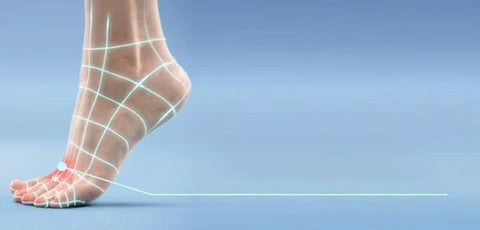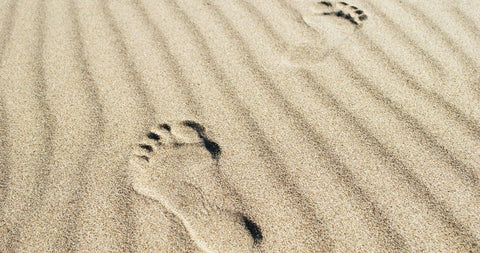
Bunions
A bunion is a deformed bony lump on the side of your big toe which can be caused by unfortunate genetics and is thought to be aggravated by years of wearing tight shoes, and they can wreak havoc on your feet. While some people may have a bunion and experience very little to no pain, others may experience pain in the bunion, in the ball of the foot and in other toes that can affect every day walking, making it hard to find shoes that fit properly. Read our advice below on how to help blitz your bunion pains.
This is not a diagnostic tool. This healthcare professional does not endorse Scholl products and were paid by the makers of Scholl for their time producing this video
What are bunions?
A bunion is a painful bony lump that can develop on the side of your foot and can affect the way you walk. Bunions are the most common forefoot problem in adults and tend to be more common in women than in men.* Bunions affect around 1 in 4 adults.

What are the symptoms of bunions?
The first signs that a bunion is developing is hard lumps on the big toe angling towards the second toe. The big toe can also become swollen and pain can develop. These symptoms can make it difficult to walk. Shoes may no longer fit properly, leading to skin over the bunion becoming red, hard or swollen. Fluid can also develop under the skin. The pressure from the big toe could, in extreme cases cause the second toe to also become deformed, and in severe cases the big toe can push the second toe up out of place.
What are the symptom triggers?
If someone in your family has bunions you’re thought to be more predisposed to them. Poorly-fitting shoes can also trigger bunions.
*Patient.info. Making lives Better. Hallux Valgus. Accessed: June 2019. # https://www.ncbi.nlm.nih.gov/pmc/articles/PMC2955707
What causes bunions?
There are several factors at play that cause bunions and make them worse. Bunions are known to run in families and conditions like rheumatoid arthritis can cause them. Ill-fitting shoes can also aggravate the problem by crowding the toes together and exacerbating the underlying condition
Tips for managing bunion discomfort
Wearing good footwear and applying a cold compress does not cure deformity but it may ease any pain or discomfort. Start by:
- Wearing wide shoes with a low heel and soft sole, and avoiding high, pointed and tight shoes.
- Holding an ice pack to the bunion for up to five minutes at a time.
- Applying bunion pads to prevent shoes from rubbing and aggravating the area.
- Losing weight if you are overweight.
If you have diabetes, or if the above advice and treatments don’t work, you’re in a lot of pain and discomfort, the bunion is getting worse and finding it difficult to walk please contact your local healthcare professional for further advice.
To explore related products, click here.
UK/SC/0319/0049j
